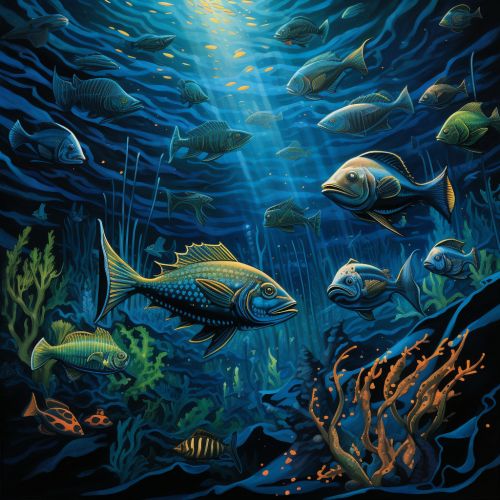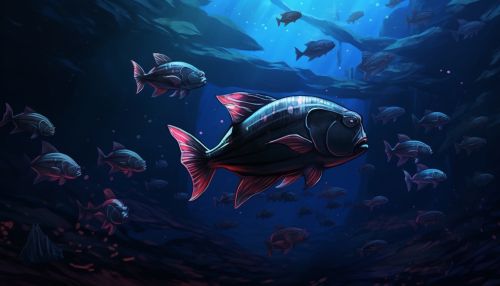The Ecology of Deep-Sea Fish and Their Adaptations to Extreme Environments
Introduction
Deep-sea fish inhabit some of the most extreme environments on Earth. These organisms have evolved a variety of unique adaptations to survive in the deep ocean, where pressures can exceed 1000 atmospheres, temperatures can be near freezing, and light is virtually absent. This article will explore the ecology of deep-sea fish and their adaptations to these extreme environments.
Ecology of Deep-Sea Fish
Deep-sea fish are found in the bathypelagic zone, abyssopelagic zone, and hadalpelagic zone, which range from 1000 meters to the deepest parts of the ocean. These fish play crucial roles in the deep-sea ecosystem, serving as predators, prey, and scavengers.


Predators
Predatory deep-sea fish, such as the fangtooth fish and the dragonfish, have large mouths and sharp teeth to capture and consume prey. Some predators have evolved bioluminescent lures to attract prey in the dark ocean depths.
Prey
Prey species, such as the lanternfish, are typically smaller and have evolved mechanisms to evade predators. Many have developed counterillumination, a form of camouflage that uses bioluminescence to match the light coming from the surface, making them invisible from below.
Scavengers
Scavengers, like the hagfish, play a crucial role in the deep-sea ecosystem by consuming dead organic matter that falls from the upper layers of the ocean, known as marine snow.
Adaptations to Extreme Environments
Deep-sea fish have evolved a range of adaptations to survive in their extreme environment. These adaptations relate to the challenges of high pressure, low temperature, and lack of light.
High Pressure Adaptations
Deep-sea fish have evolved adaptations to survive the high pressures of the deep ocean. Many deep-sea fish have flexible and compressible bodies, lacking swim bladders which would be crushed under the extreme pressure.
Low Temperature Adaptations
To cope with the cold temperatures, some deep-sea fish have evolved antifreeze proteins to prevent their blood from freezing. Others have a high content of unsaturated fats in their cell membranes, which remain fluid at low temperatures.
Lack of Light Adaptations
In the absence of sunlight, deep-sea fish have developed several adaptations. Many have large, sensitive eyes to detect the faintest glimmers of light. Others, like the anglerfish, have evolved bioluminescent lures to attract prey.
Conclusion
The ecology of deep-sea fish and their adaptations to extreme environments provide fascinating insights into the resilience and diversity of life on Earth. Despite the harsh conditions, these organisms have evolved to thrive in the deep ocean, playing crucial roles in the ecosystem and demonstrating the remarkable adaptability of life.
